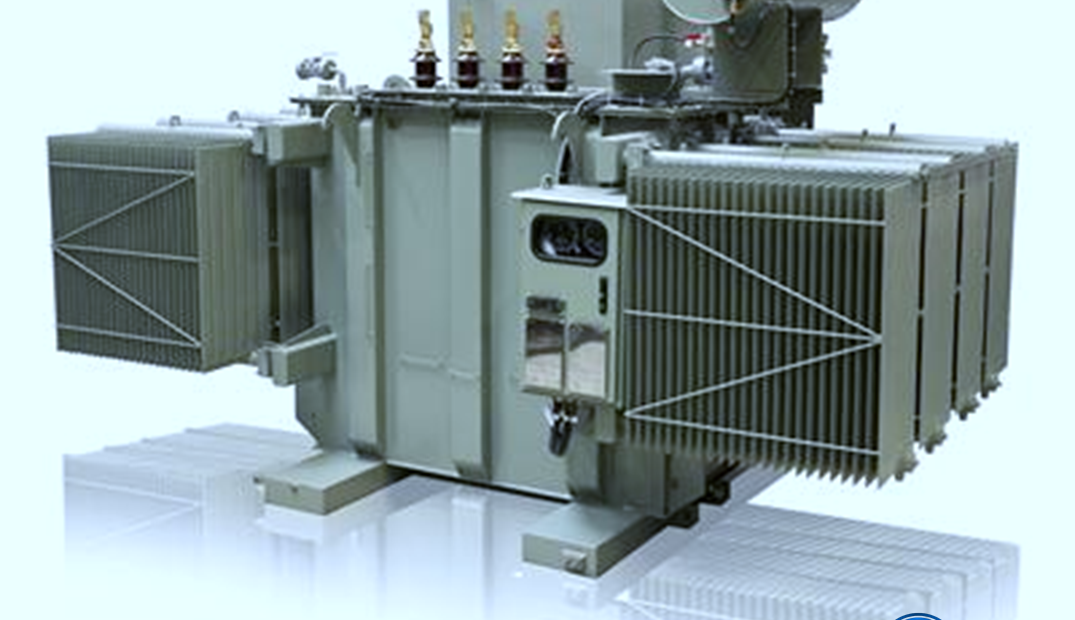Transformers are indispensable components in the efficient distribution and utilization of electrical energy. They serve to either increase (‘step up’) or decrease (‘step down’) voltage levels between circuits, making them critical in both residential and industrial applications. At Tech+Harena Nigeria Limited, we pride ourselves on being the best licensed electrical contractor in Nigeria, specializing in the installation, maintenance, and optimization of transformers. This comprehensive guide will delve into the definition, working principles, and construction of transformers, providing a detailed understanding for engineers, electricians, and anyone interested in power distribution.
What is a Transformer?
A transformer is a passive electrical device that transfers electrical energy from one circuit to another through electromagnetic induction. It primarily serves to modify voltage levels, either stepping up or stepping down, to meet the needs of different applications. Transformers are essential for ensuring that electrical energy is delivered efficiently and safely from power plants to end-users.
Working Principle of Transformer
Transformer Theory
The working principle of a transformer hinges on mutual induction between two or more windings (or coils). Let’s break this down into a simpler explanation:
- Primary Winding: This is the coil connected to the power source. When an alternating current (AC) flows through this winding, it generates a changing magnetic flux around it.
- Magnetic Flux: This flux, due to its changing nature, induces a voltage in any nearby winding through the process of electromagnetic induction.
- Secondary Winding: When another winding is placed close to the primary winding, some of the magnetic flux links with it, inducing an electromotive force (EMF) according to Faraday’s law of electromagnetic induction. If this secondary winding is part of a closed circuit, a current flows through it.
The basic idea can be visualized with the primary winding being the ‘First Coil’ and the secondary winding being the ‘Second Coil’.
Types of Transformers
The type of transformer is determined by the relative number of turns in the primary and secondary windings:
- Step-Up Transformer: Increases voltage. The secondary winding has more turns than the primary winding.
- Step-Down Transformer: Decreases voltage. The primary winding has more turns than the secondary winding.
Construction and Parts of a Transformer
Transformers are composed of three main parts: the primary winding, the magnetic core, and the secondary winding.
- Primary Winding: Produces magnetic flux when connected to an electrical source.
- Magnetic Core: Provides a low reluctance path for the magnetic flux produced by the primary winding, linking it efficiently to the secondary winding.
- Secondary Winding: Receives the magnetic flux from the core and induces the desired output voltage.
Transformer Core
The core is usually made of laminated silicon steel to minimize energy loss due to eddy currents. It ensures that the maximum amount of magnetic flux produced by the primary winding links with the secondary winding. This construction reduces the magnetic reluctance and enhances the efficiency of the transformer.
Practical Tips and Trends in Transformer Installation
Area Considerations
- Ensure adequate ventilation and minimal exposure to ignition sources or corrosive environments.
- Confirm that the transformer’s specifications (kVA, frequency, line voltage, load voltage) are suitable for the intended application.
Mounting the Transformer
- Place the transformer carefully, ensuring it is properly secured.
- Follow lockout/tagout procedures to disable the main power supply before installation.
Tap Settings and Wiring
- Adjust primary taps as needed and ensure each secondary tap is isolated.
- Route wires carefully, using existing holes or drilling new ones if necessary.
Grounding and Safety
- Ground the transformer according to the National Electrical Code and relevant standards.
- Perform a final inspection to ensure all connections are secure and the system is safe to energize.
Innovative Tools and Techniques
At Tech+Harena Nigeria Limited, we stay abreast of the latest trends and innovative tools in transformer technology:
- Smart Transformers: Equipped with sensors and IoT connectivity, these transformers provide real-time data on performance and potential issues, enabling predictive maintenance and reducing downtime.
- Advanced Cooling Systems: Modern transformers use advanced cooling techniques to enhance efficiency and longevity.
- Eco-Friendly Materials: The use of biodegradable and recyclable materials in transformer construction is gaining traction, reducing environmental impact.
Conclusion
Understanding transformers, from their working principles to their construction and installation, is crucial for efficient power distribution. At Tech+Harena Nigeria Limited, we leverage our expertise as the best licensed electrical contractor in Nigeria to provide top-notch transformer services. Whether you need installation, maintenance, or optimization, our team is equipped with the knowledge and tools to ensure your electrical systems operate at peak efficiency. Trust us to power your future, one transformer at a time.
For more information and expert services, contact Tech+Harena Nigeria Limited today. Together, we can build a brighter, more efficient future.





